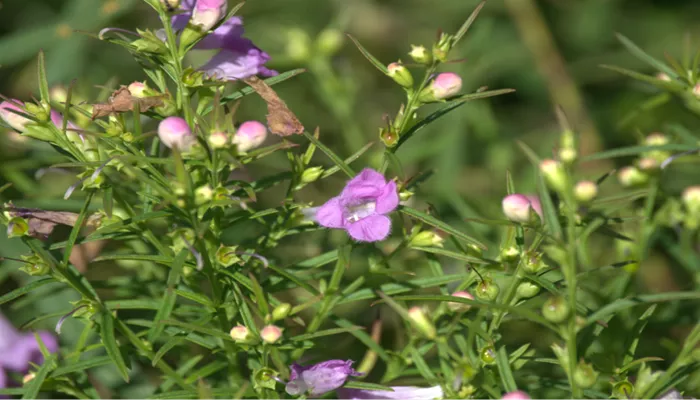East Point Sanctuary in Biddeford Pool offers stunning ocean views and diverse sea life, but the trails also reveal a hidden world of parasitic plants. On a late summer afternoon, as you explore the trails, take a closer look along the sides to spot these unique species.
Maine is home to various parasitic plants that often go unnoticed. Unlike animal parasites such as ticks or lice, parasitic plants might not be as obvious. They attach to other plants or fungi to extract nutrients, typically harming their hosts without killing them. Many parasitic plants indicate a healthy, diverse ecosystem, unlike invasive species, which tend to overtake and destroy other plants, reducing ecosystem diversity.
One of the most recognizable parasitic plant is the Ghostpipe (Monotropa uniflora). Its white, ghostly appearance comes from a lack of chlorophyll, the pigment necessary for photosynthesis. Ghostpipes belong to the Ericaceae family, related to blueberries, and are usually found in the forest understory. They attach to mycorrhizal fungi, which in turn are connected to tree roots. By drawing nutrients from these fungi, Ghostpipes indirectly benefit from the plants.
In contrast, the parasitic plants at East Point Sanctuary are more common in open habitats and are more directly parasitic on other plants. One notable example is the Common Dodder (Cuscuta gronovii), which you can spot by its golden, stringy vines. These plants lack visible leaves and have a distinctive white or yellowish color. Dodders start with small roots and minimal photosynthesis, but once they attach to a host, they insert haustoria into the host’s vascular system to draw nutrients. They continue to spread over other plants throughout the growing season and can attach to various host species, including Poison Ivy.
Another less obvious parasitic group includes the false foxgloves in the genus Agalinis. The Purple False Foxglove (Agalinis purpurea), commonly found at East Point, resembles a typical plant with green foliage that indicates its ability to photosynthesize. However, these plants are hemiparasites, meaning they both photosynthesize and produce haustoria to attach to the roots of other plants. Earlier in the season, you might also see other members of the Orobanchaceae family, such as Narrowleaf Cow-wheat (Melampyrum lineare) and Yellow Rattle (Rhinanthus minor).
Parasitic plants are often adapted to environments with low nutrients or high disturbance, such as the sandy and rocky terrain of East Point, combined with constant wind and salt spray. Next time you visit the sanctuary, keep an eye out for these fascinating plants that thrive in such challenging conditions.


